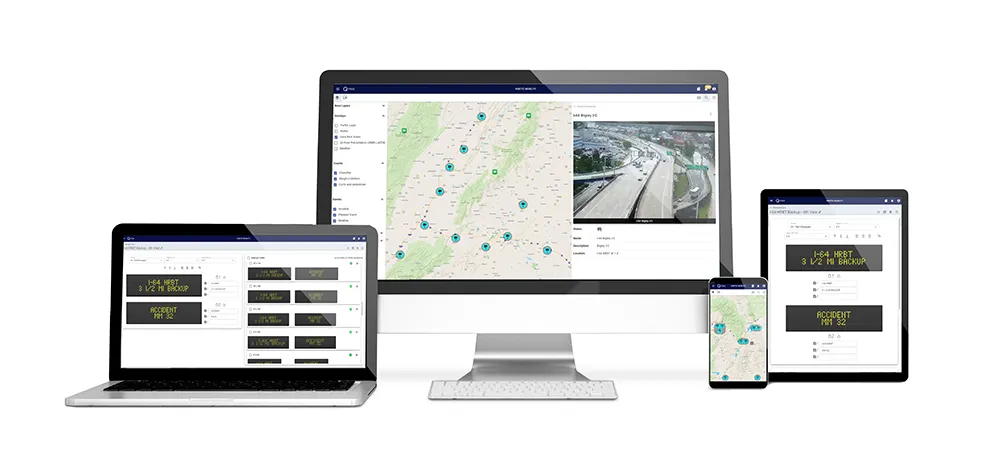The 2012 ITS World Congress marks Gewi’s 20th anniversary of keeping travellers informed worldwide, and the company is exhibiting how its TIC connects systems, vehicles, and travellers. TIC has been used in live traffic information systems since 1997, and is used worldwide by many types of organisations including government agencies, police, DoT’s, commercial RDS-TMC and TPEG service providers, automobile clubs, road operators, radio stations and car and device navigation manufacturers. Recently, Gewi added
October 23, 2012
Read time: 2 mins
The 2012 ITS World Congress marks Gewi’s 20th anniversary of keeping travellers informed worldwide, and the company is exhibiting how its TIC connects systems, vehicles, and travellers.
TIC has been used in live traffic information systems since 1997, and is used worldwide by many types of organisations including government agencies, police, DoT’s, commercial RDS-TMC and TPEG service providers, automobile clubs, road operators, radio stations and car and device navigation manufacturers.
Recently, Gewi added the ability to distribute traffic data and images on the latest high-tech VMS signs which can show images as well as text. Visitors to the company’s stand will be able to see how this is achieved, as well as learn more about the many advanced features of TIC3 including mobile traffic data entry using the iPad.
As a commercial off-the-shelf software platform, Gewi says TIC provides a cost-effective, robust, and easily scalable alternative when compared to build-your-own systems. Its flexibility means it can be used for a wide variety of transportation projects including RDS-TMC, TPEG, data harmonisation and exchange, traffic and travel information services, parking information, navigation system testing, connected vehicles, work zones, radio data, and traffic news for radio.
www.gewi.com
TIC has been used in live traffic information systems since 1997, and is used worldwide by many types of organisations including government agencies, police, DoT’s, commercial RDS-TMC and TPEG service providers, automobile clubs, road operators, radio stations and car and device navigation manufacturers.
Recently, Gewi added the ability to distribute traffic data and images on the latest high-tech VMS signs which can show images as well as text. Visitors to the company’s stand will be able to see how this is achieved, as well as learn more about the many advanced features of TIC3 including mobile traffic data entry using the iPad.
As a commercial off-the-shelf software platform, Gewi says TIC provides a cost-effective, robust, and easily scalable alternative when compared to build-your-own systems. Its flexibility means it can be used for a wide variety of transportation projects including RDS-TMC, TPEG, data harmonisation and exchange, traffic and travel information services, parking information, navigation system testing, connected vehicles, work zones, radio data, and traffic news for radio.
www.gewi.com









